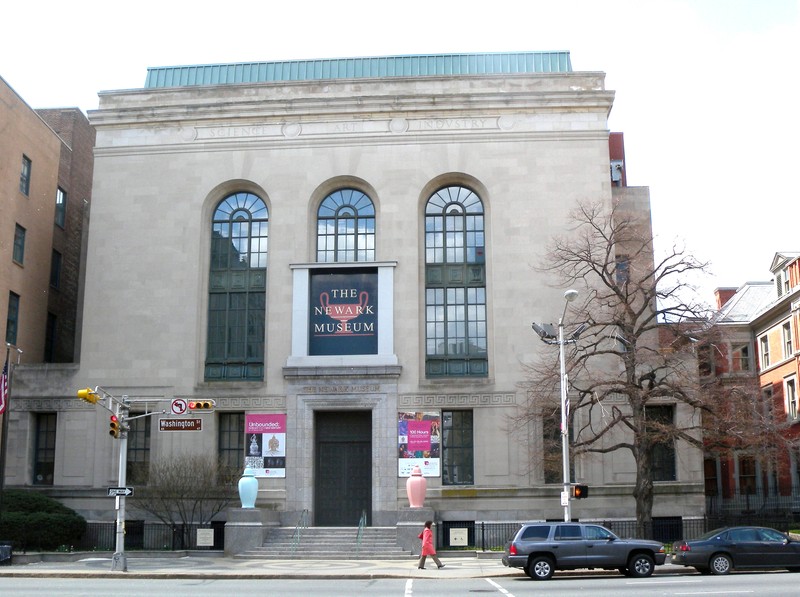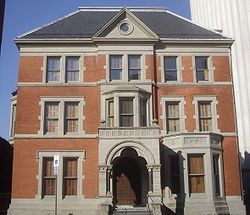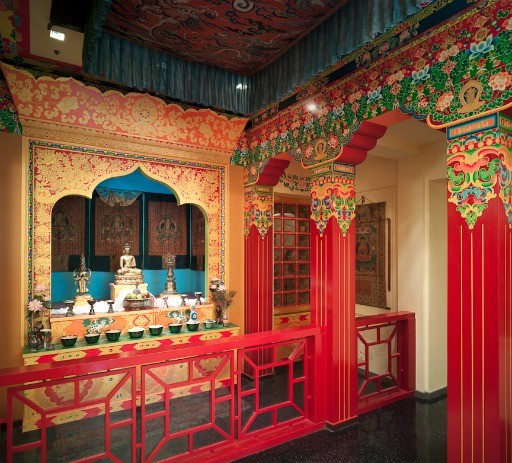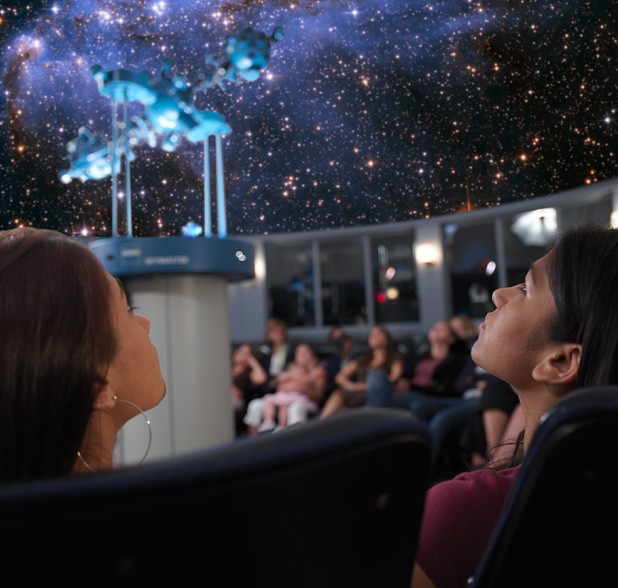Newark Museum
Introduction
Text-to-speech Audio
Images
Outside of Newark Museum

Ballatine House

Tibetan Art

Alice and Leonard Dreyfuss Planetarium

Backstory and Context
Text-to-speech Audio
History of the Museum
The Newark Museum dates back to 1909 and its founder, the renowned John Cotton Dana. As a former library director and librarian in Denver, Springfield, and Newark, Dana felt a need to promote the appreciation, understanding, and enjoyment of the arts and sciences, and he held a preference for American art movements over their European counterparts.
In the museum’s early years, when it was located on the fourth floor of the Newark Public Library, Newark Museum specialized in contemporary American commercial products, and by 1915, he curated one of his more popular exhibits, titled, “Clay Products of New Jersey.” Also, Dana started building the now-famed Tibetan collection at this time, and one of the first main attractions of the museum was its Japanese prints, silks, and porcelains provided by a local pharmacist.1
Exhibits and Collection
Both the artistic and the scientific exhibits at the museum hold equal sway in terms of size and depth. One of the more popular exhibits is the 1885 Ballentine House. This early-19th century Victorian house originally featured 27 rooms, and it has been part of the Newark Museum since 1937. Visitors to this wing of the museum can traverse the two-floor gallery titled “House & Home,” which showcases eight period rooms and six thematic galleries. The house was designated as a National Historical Landmark in 1985.2
In addition to the Ballentine House, visitors can discover a myriad of interpretive exhibits and galleries throughout the three-floor museum. After browsing through the antiquities on the first floor or the fire museum in the garden, they can explore the five Asian art exhibits (China, Japan, Korea, South Asian, and Southeast Asian) as well as the Tibetan Art on the third floor.
The third floor houses the Victoria Hall of Science Prudential Gallery, which presents the museum’s featured science exhibit, titled “ Dyanmic Earth: Revealing Nature’s Secrets.”3
Alice and Leonard Dreyfuss Planetarium
Museum-goers looking to travel the solar system can visit the Alice and Leonard Dreyfuss Planetarium. Featuring programs on constellations, objects in the solar system, distant galaxies, and the edge of the universe, the 50-seat planetarium emphasizes an interactive learning experience aimed at both adults and children alike.4
